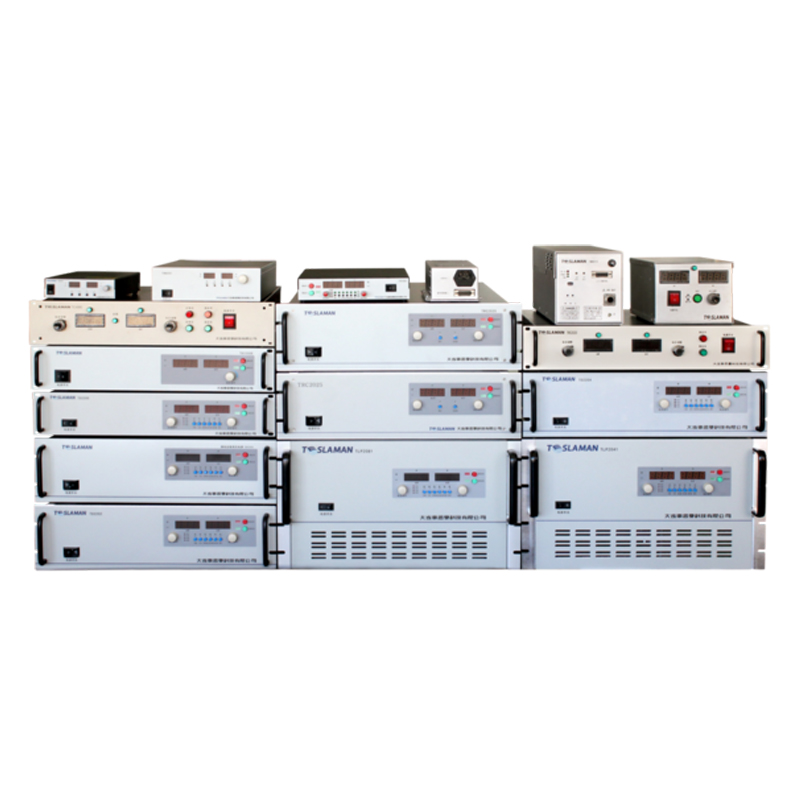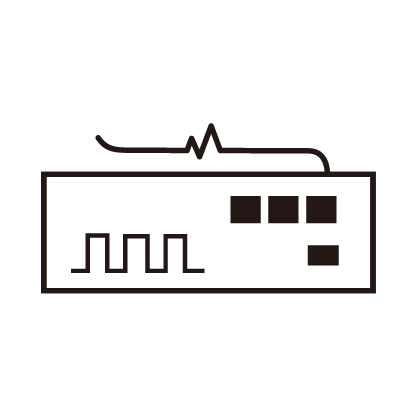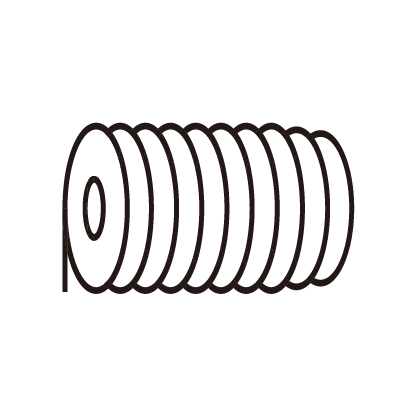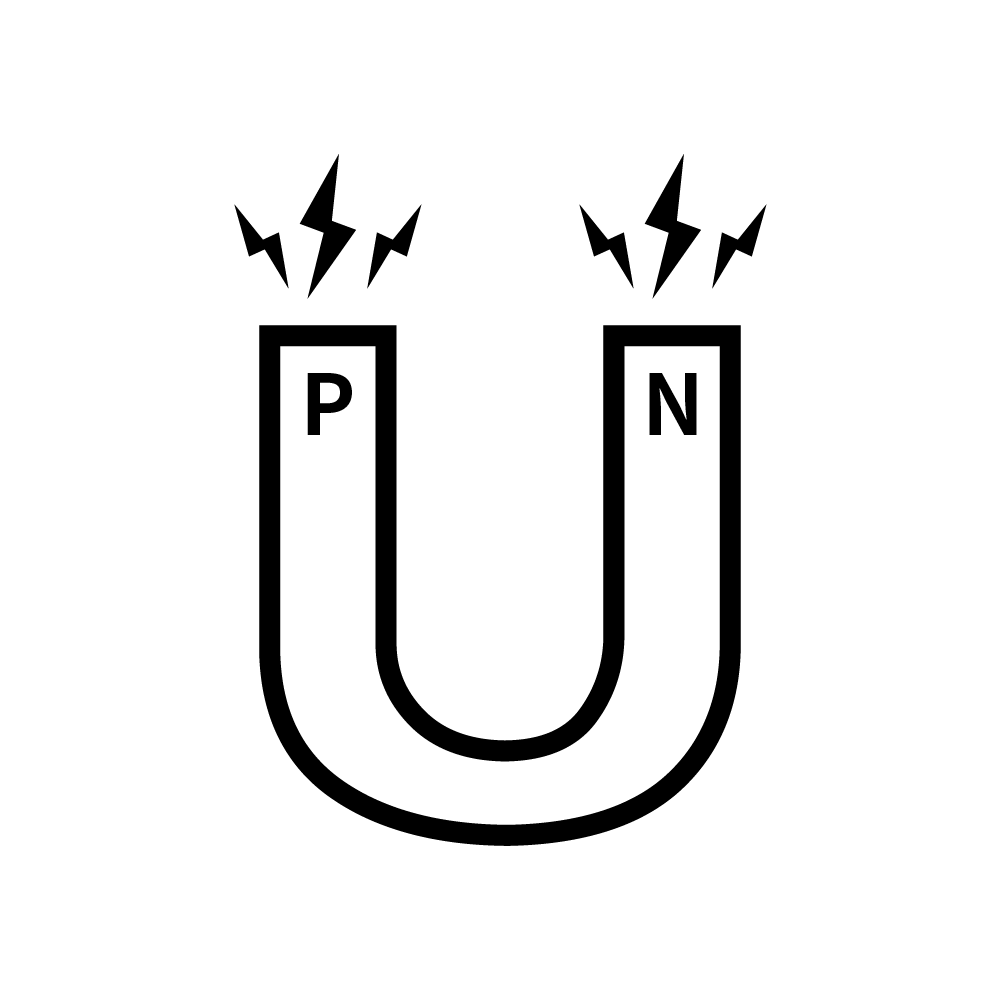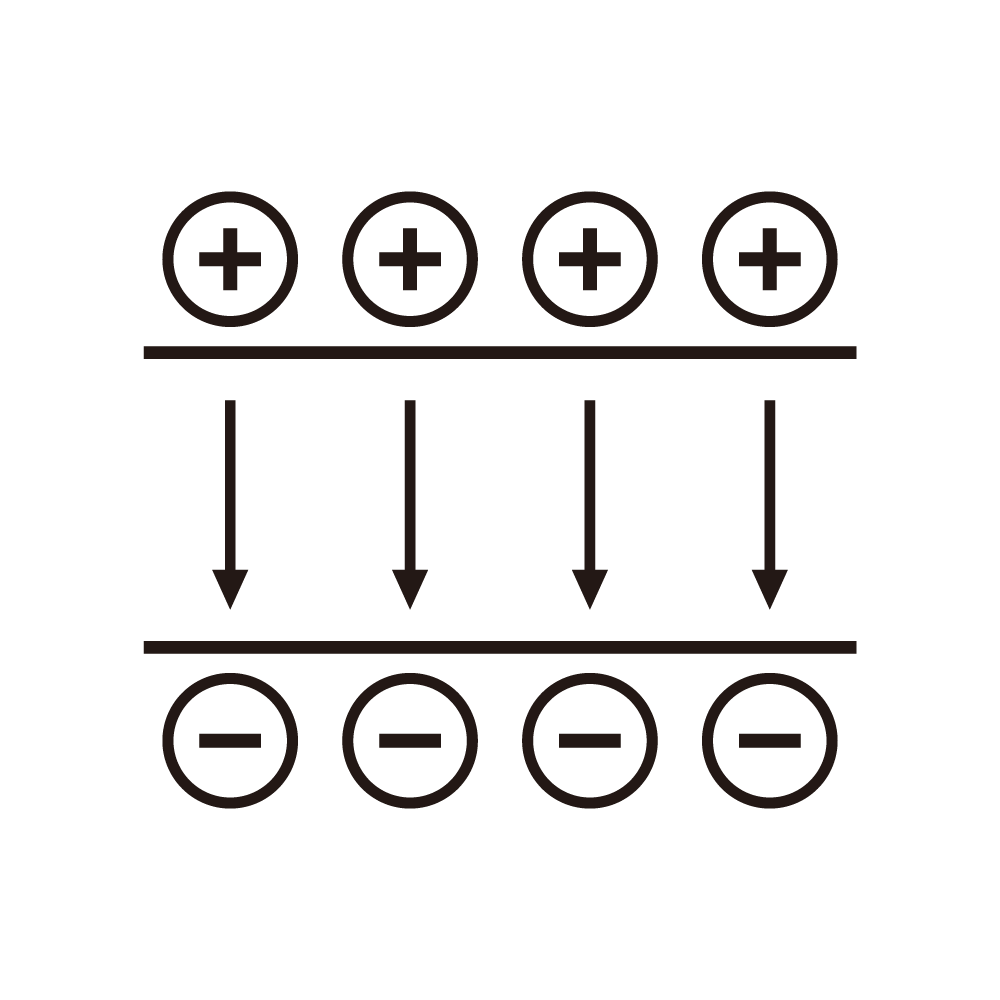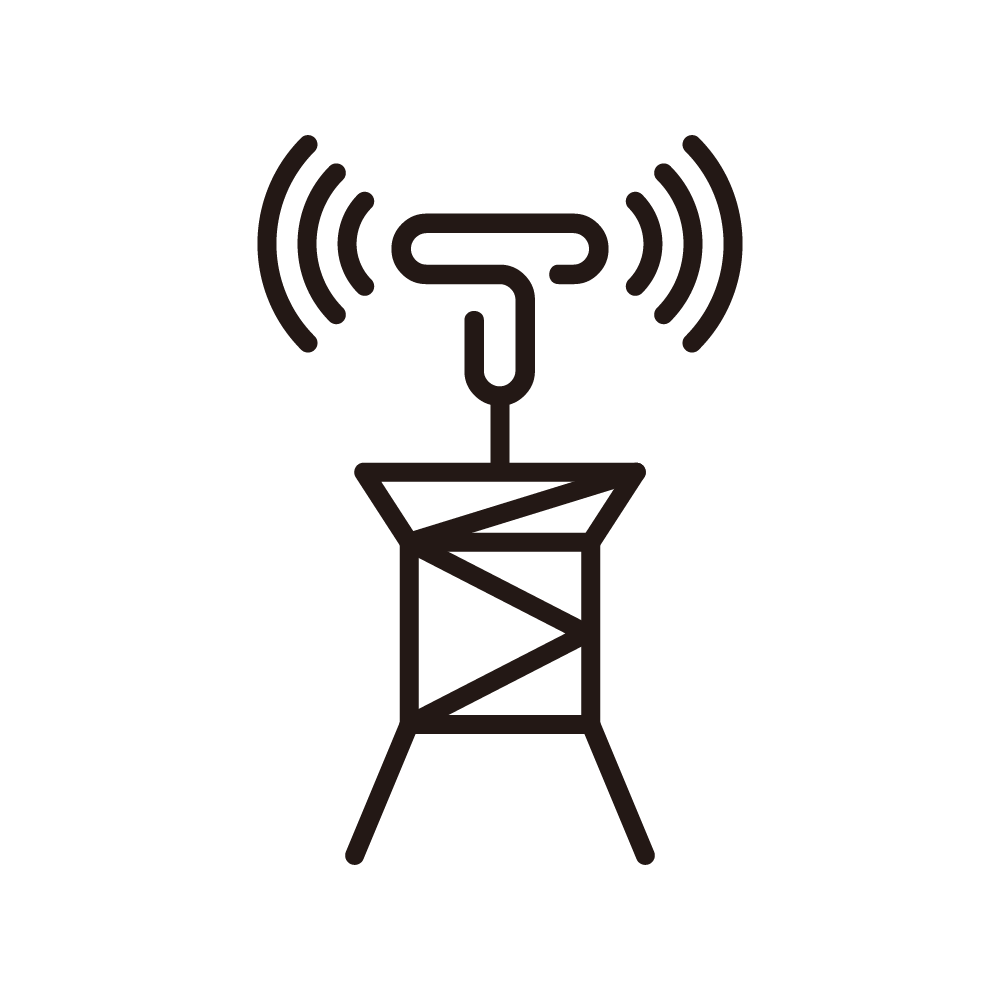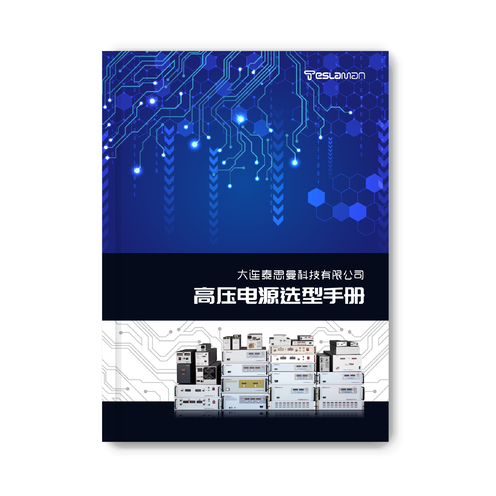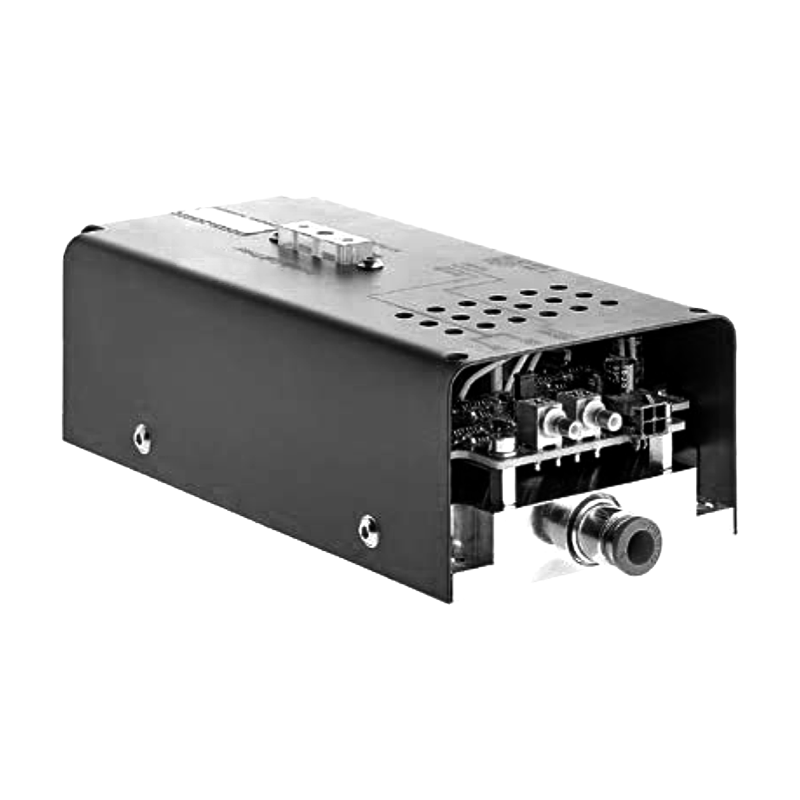Signal Transmission Quality of High Voltage Power Supplies for Nondestructive Testing
In the current widespread application of nondestructive testing technology, ensuring the accuracy and reliability of test results is of utmost importance. The high voltage power supply for nondestructive testing, as a crucial component in the testing system, has a profound impact on the entire testing process through its signal transmission quality.
Nondestructive testing relies on the signals generated by the high voltage power supply to stimulate the object under test. The internal defects of the object are judged by analyzing the reflected or transmitted signals. In this process, the signals output by the high voltage power supply need to be accurately transmitted to the testing probe, and the feedback signals collected by the testing probe need to be stably transmitted back to the analysis system. If the signal transmission quality is poor, the test results may be deviated or even wrong, leading to misjudgment of the object under test.
The signal transmission quality is interfered by various factors. The primary factor is electromagnetic interference. When the high voltage power supply is working, it generates a strong electromagnetic field. Surrounding electrical equipment and communication lines may also generate electromagnetic radiation. These interference sources will be superimposed on the signal transmission line, causing signal distortion. For example, in an industrial environment, the electromagnetic interference generated by the operation of large motors, electric welders, and other equipment may cause abnormal fluctuations such as spikes and burrs in the signals transmitted by the high voltage power supply, interfering with the normal identification of testing signals.
The characteristics of the transmission line itself cannot be ignored. The parameters of the line, such as resistance, capacitance, and inductance, will change with the length, material, and wiring method of the line. During long distance transmission, resistance will cause signal attenuation, and capacitance and inductance may cause phase shift and waveform distortion of the signal. For example, when using ordinary unshielded cables, the capacitive effect may gradually weaken high frequency signals during transmission, affecting the resolution of the test for small defects.
In addition, the rationality of the grounding system also has an important impact on the signal transmission quality. If the grounding is poor, a ground potential difference will be formed, resulting in current reflux and introducing additional noise to interfere with signal transmission. For example, when the grounding connection between the testing equipment and the high voltage power supply is unreliable, signal drift may occur, making the repeatability of the test results worse.
To improve the signal transmission quality of high voltage power supplies for nondestructive testing, a series of targeted measures can be taken. Using shielded cables can effectively reduce the impact of electromagnetic interference. The shielding layer shields external electromagnetic interference, ensuring the purity of signal transmission. Reasonably design the transmission line, select appropriate cable parameters according to the signal frequency and transmission distance, and optimize the wiring method. Try to shorten the line length to reduce signal attenuation and distortion. At the same time, construct a good grounding system to ensure reliable grounding and reduce the interference caused by ground potential differences. For example, use a single point grounding method to avoid ground loop currents generated by multi point grounding.
In conclusion, the signal transmission quality of high voltage power supplies for nondestructive testing is a key link to ensure the accuracy of testing. Only by fully understanding and effectively controlling various factors affecting signal transmission and taking scientific and reasonable optimization measures can the high voltage power supply work stably and efficiently in nondestructive testing, providing reliable technical support for industrial production and quality control.
